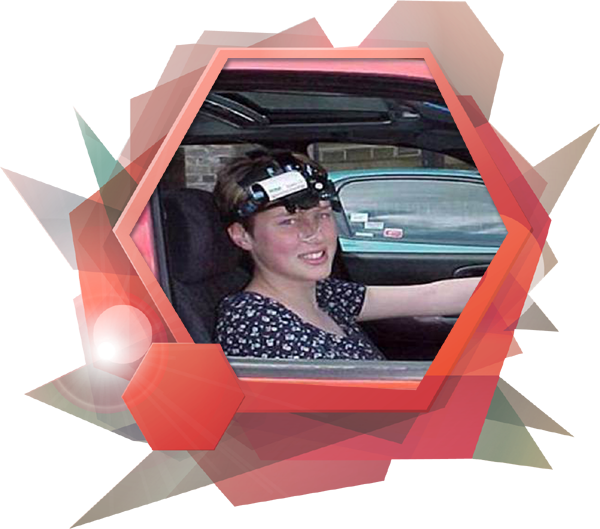Visibility study

Unlike other media, it is not sufficient to say that proximity to the advertising display equates to exposure to it. An advertising frame may be within the cone of vision and a respondent may be heading in a favourable direction, yet there may be factors that prevent a frame from being seen. These can range from the distance between the respondent and the frame to their respective orientations. The speed of travel will also affect the chance of contact. The size of the display is important, as is its movement and illumination.
The aim is to go beyond simply counting those who pass an advertising frame having an opportunity to see it, to determine who might actually look at a particular frame in each given set of circumstances.
Outdoor Impact Baltics uses the pioneering work undertaken by Postar UK with Dr Paul Barber and Birkbeck College, part of the University of London. A continuous research project examines how people look at particular variations of out-of-home advertising formats in different situations. A total of further 16 additional visibility study cases spanning 15 years and additional countries like Finland or Sweden complete this sophisticated system.
Carefully controlled infra-red eye tracking experiments are conducted where subjects view numerous scenes and different frame types. Respondents are asked to play one of three roles – driver, passenger or pedestrian – without foreknowledge that the study concerns advertising, to replicate actual behaviour out of the home. The study enables us to determine how peoples’ eyes move whilst they are travelling.
The study produces a series of factors by which the gross audience for a particular frame might be adjusted depending on its specific characteristics. A matrix is derived that allows such adjustments to be made for any known set of parameters.
By applying this information about how people actually view the real world, the audience for each frame may be adjusted to account for its likelihood to be seen.

